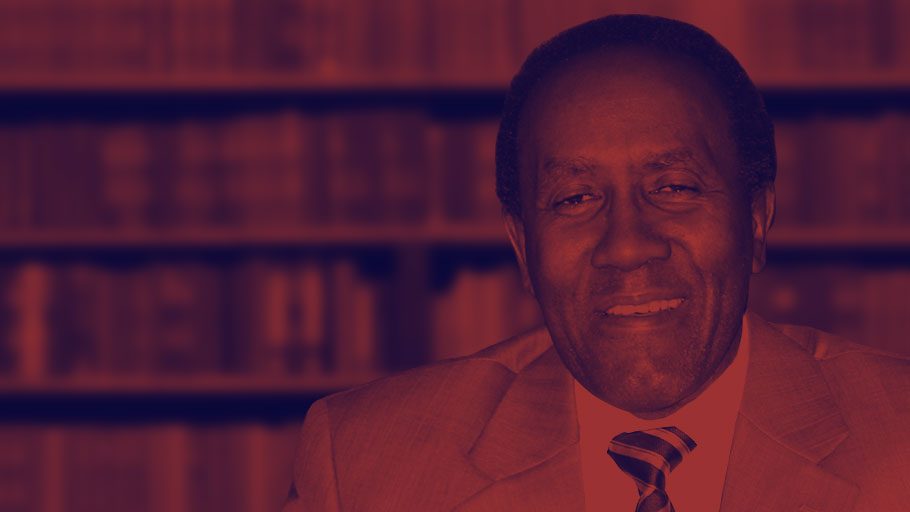The year 2015 ended with a dispute involving former NYPD Commissioner, Raymond Kelly, and the present NYPD Commissioner, William Bratton. Kelly raised questions about the authenticity of crime statistics under Bratton even though similar questions were raised by Professor Emeritus Eli Silverman of John Jay College of Criminal Justice in a book he co-authored with John Eterno, a former NYPD career officer.
Both Bratton and Kelly are recognized as criminal justice leaders who contributed to the transformation of the approach to policing. Prior commissioners like Patrick Murphy in the early 1970s introduced reforms such as the use of deadly force and those protocols were instrumental in reducing the number of civilians killed by police.
Ben Ward, the first black commissioner under Mayor Ed Koch in the 1980s experimented with more aggressive policing but with the lay-offs of police officers in the 1970s, a reduced NYPD simply did not have the manpower resources to tackle effectively the crime epidemic of the 1980s.
The City’s economic recovery in the early 1990s allowed Mayor David Dinkins to expand NYPD by an additional nine thousand police officers. When Dinkins lost the mayoralty to Rudy Giuliani in 1993, the latter inherited the largesse of this expanded force. But effective policing is more than a numbers game, and Giuliani’s first police commissioner, William Bratton, partnered with career officers like Jack Maple and criminologists like Prof. George Kelling of Rutgers University.
What made the transformation of policing possible was the advent of the computer in which data could be amassed and feed back to precinct commanders so that they could scientifically develop preventive and aggressive strategies to tackle neighborhood crime. That mining of data is what we call Compstat which means computer generated statistics that can be analyzed on a citywide, boroughwide and at an individual precinct level.
Bratton was instrumental in making the necessary managerial changes that made NYPD into a robust anti-crime fighting machine. Precinct commanders were made accountable for creating strategies to reduce crime in their bailiwick. Citywide squads were created to take guns off the streets, to apprehend citizens with outstanding warrants and to place greater emphasis on quality of life arrests.
A peculiar phenomenon occurred in the United States around the middle of the 1990s. As other criminologists like Franklin Zimring, Alfred Blumstein and Andrew Karmen have pointed out in the 1990s, we witnessed the longest and the steepest decline of violent crime in America. The decline was much steeper in New York City than in other large cities but cities that adhered to traditional forms of policing and those that adopted new measures experienced the decline. The logical explanation is that factors other than policing were causal in the decline. Some cities like Baltimore that adopted zero tolerance policing did not achieve the same disproportionate decline as New York City.
But the accomplishments on the part of NYPD were comparable to the changes taking place in the court system. The pioneer in the alternatives to mass incarceration that had an enormous effect in New York State, particularly in New York City, was the now retired Chief Judge, Judith Kaye. Her initiatives were quite paradoxical in comparison to NYPD’s draconian efforts. While NYPD had embarked on a zero tolerance escapade, and locking up citizens for breaches of a felony or misdemeanors, Judith Kaye got the court system to deal with first offenders in a non-draconian way. Poor people appearing before the courts for drug possession or other non-violent offences were given the opportunity to avoid the prison system by opting for behavioral adjustment programs.
This is not an area that has been carefully studied in terms of long term outcomes but what is evident is the alternatives to incarcerations adopted by New York State Court System is the reason why New York State has been able to close ten prisons and reduce its expenditures in the costly business of holding people under lock and key. New York State prisons held approximately 71,000 inmates a few years ago and in January, 2014 the prison population had been reduced to around 56,000.
Similar reductions have taken place in the State’s population under the supervision of Probation and Parole. The census at Riker’s Island, despite the prevalence of violence between correction officers and inmates, has been reduced to around 13,000 when in yesteryear the system had over 23,000 in custody.
The criminal justice apparatus is a system with autonomous parts and obviously would work better for the larger society if the courts and law enforcement were playing from the same rule book. Despite the lack of coordination, New York City and the State have recorded an impressive record of reducing crime and avoiding mass incarceration as James Austin and Michael Jacobson noted in a seminal paper published by the Vera Institute in January, 2013.
The dispute between Bratton and Kelly is more than academic. Kelly had a vested interest in stop and frisk irrespective as to whether the practice violated the constitutional rights of citizens and argued if that weapon of control was deleted from NYPD’s arsenal, it would affect the war on crime.
Bratton in his second coming under Mayor De Blasio has taken a different approach and has significantly reduced the rampant stop and frisk. He has sought to mend fences with the black community. As of 12/14/2015, there were 339 murders in the city in contrast to 322 in the comparable time of 2014, an increase of 5.3 percent. But when compared to 1992, the reduction in murders is 81.9%. Robberies increased by 2.3% but compared to 22 years ago, has declined by 80.4%.
The City may not yet be a city on the hill but New York City at the beginning of 2016 is a far more civilized place of abode compared to the 1970s and 1980s. NYPD is certainly a causal factor. Other factors include changes in drug markets and changes in the worldview of young black males.














